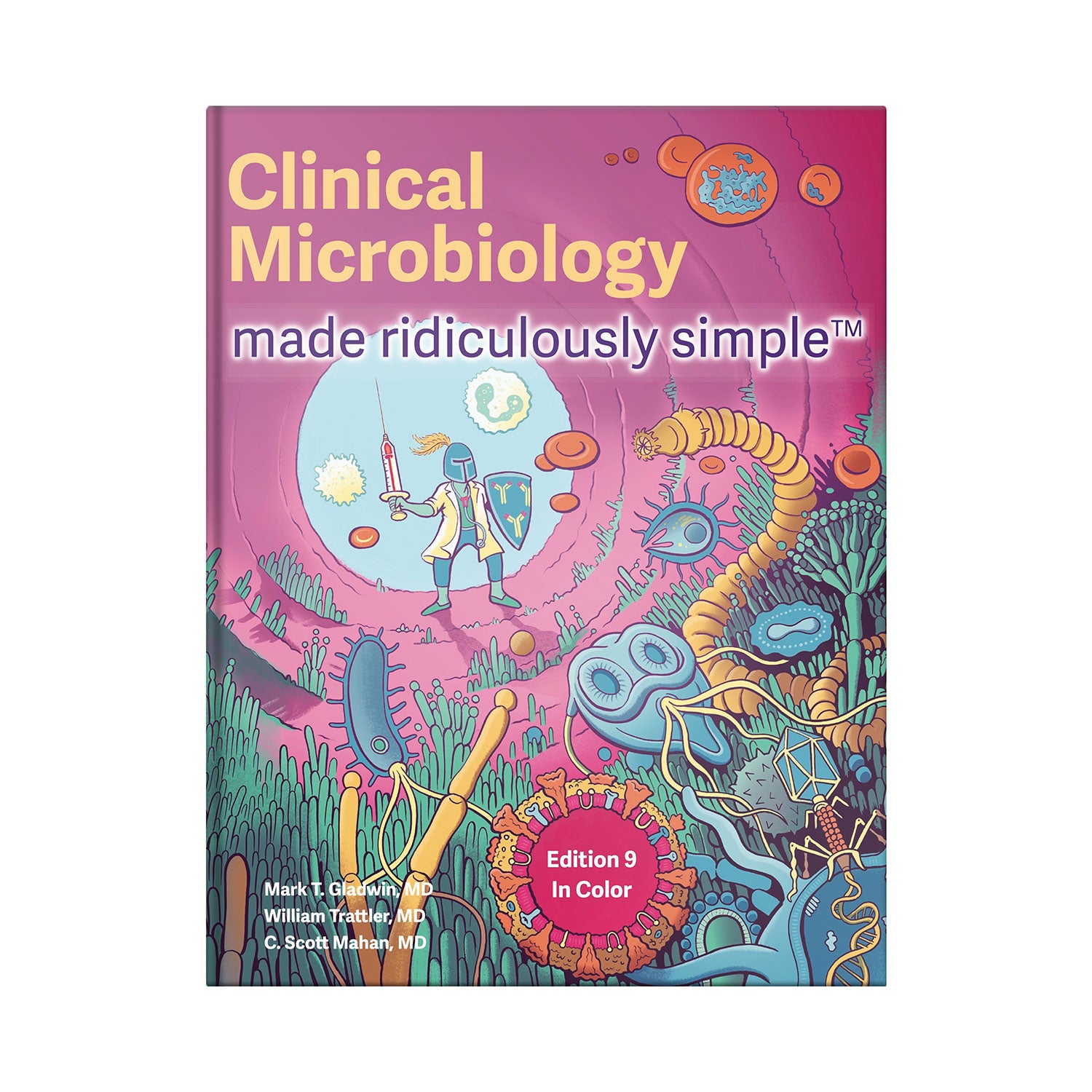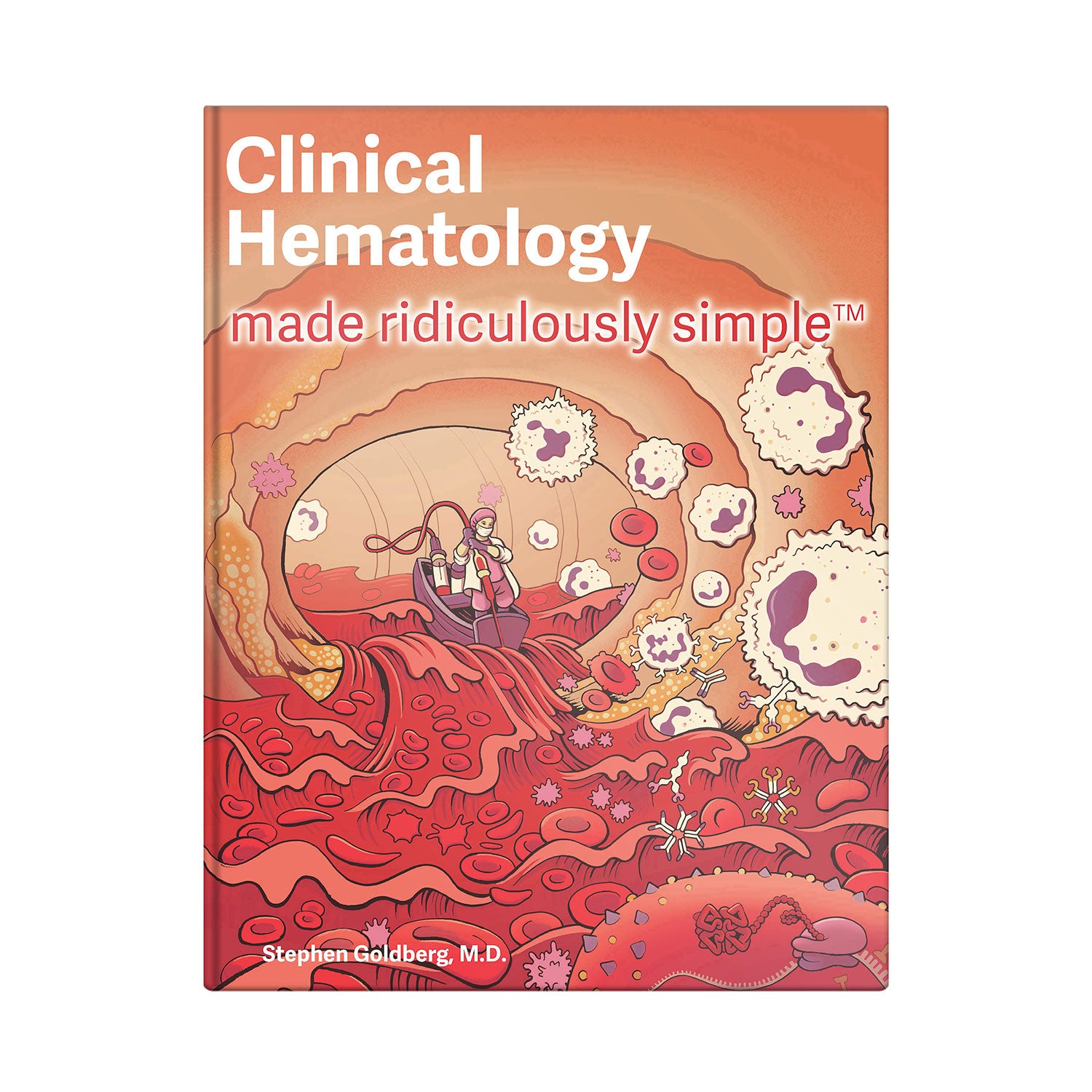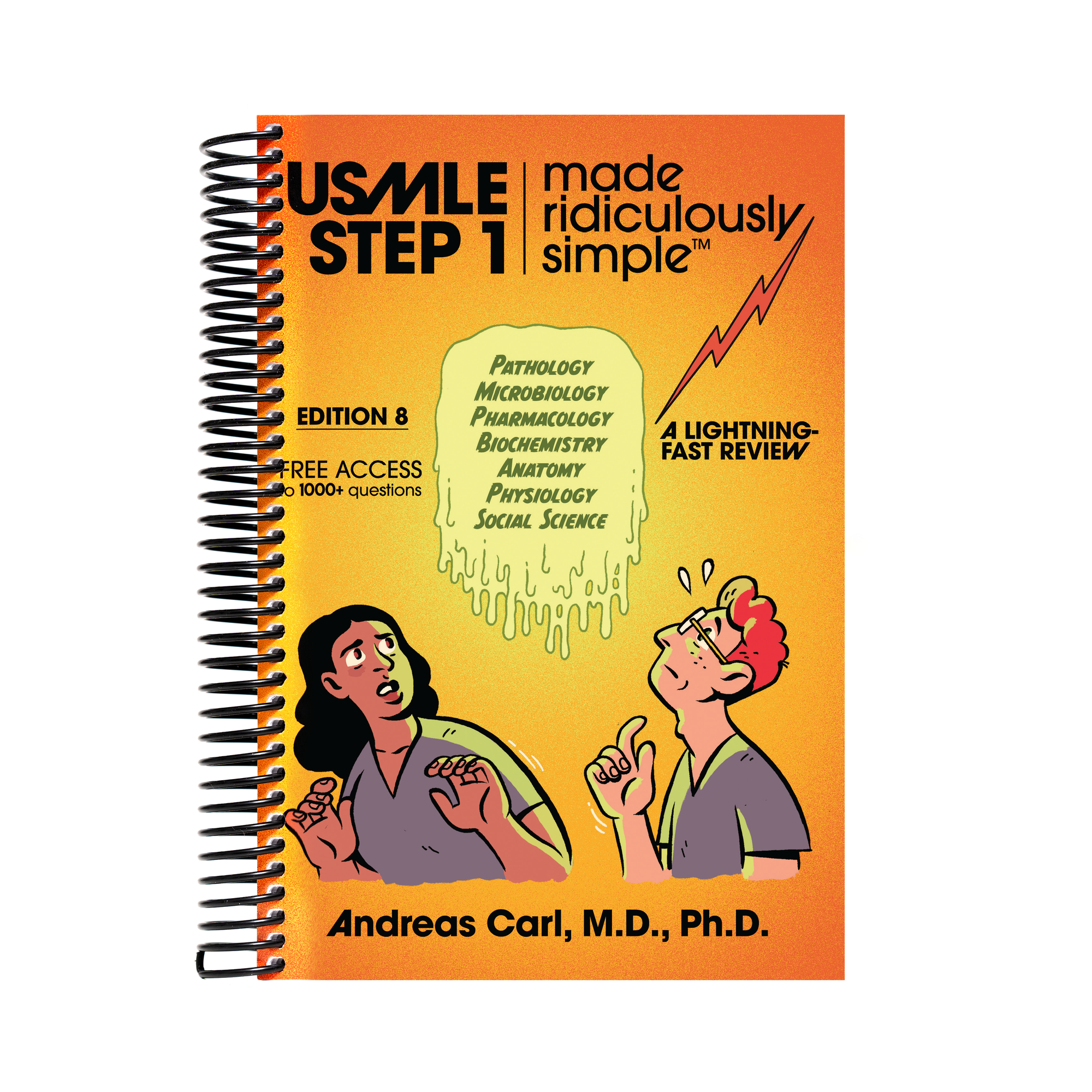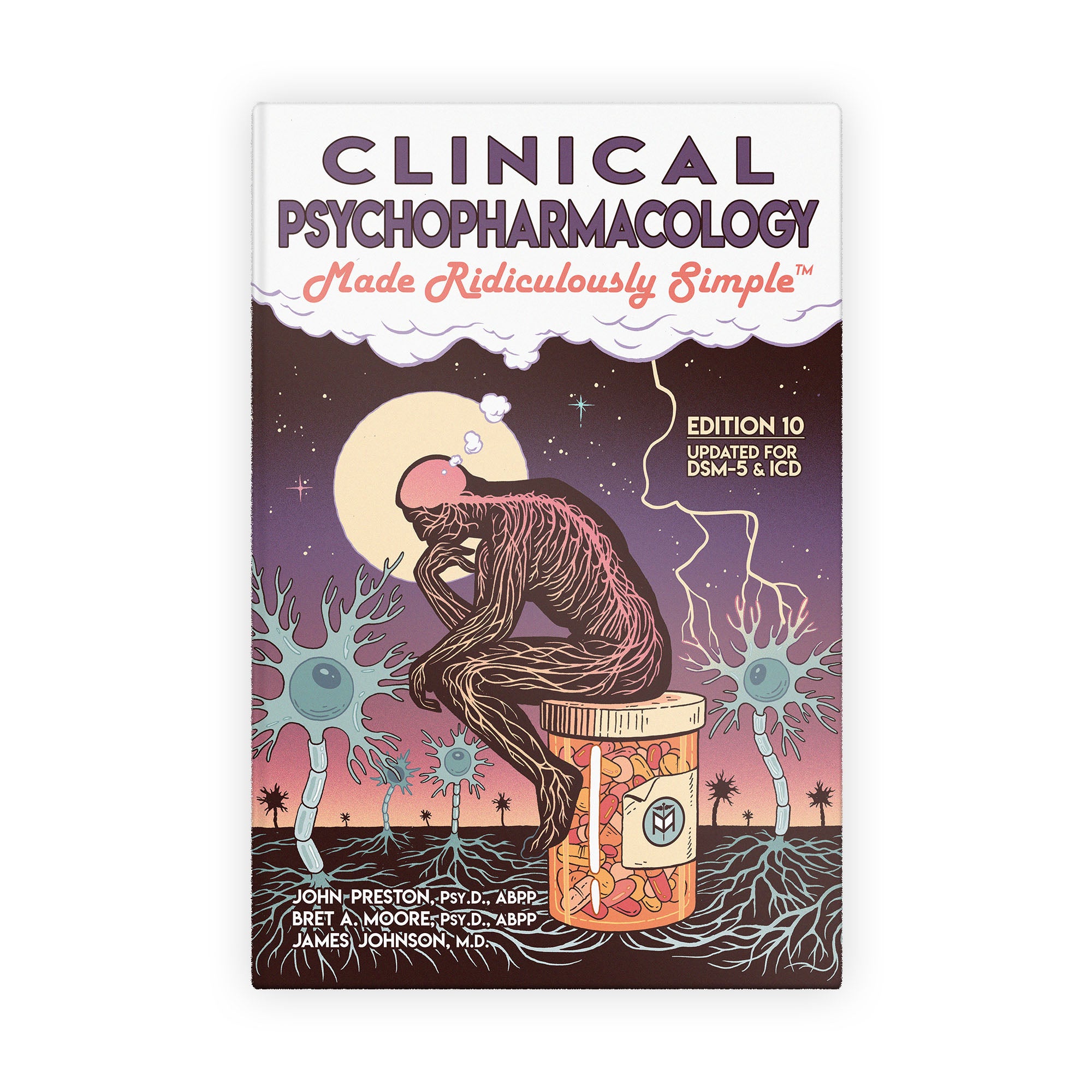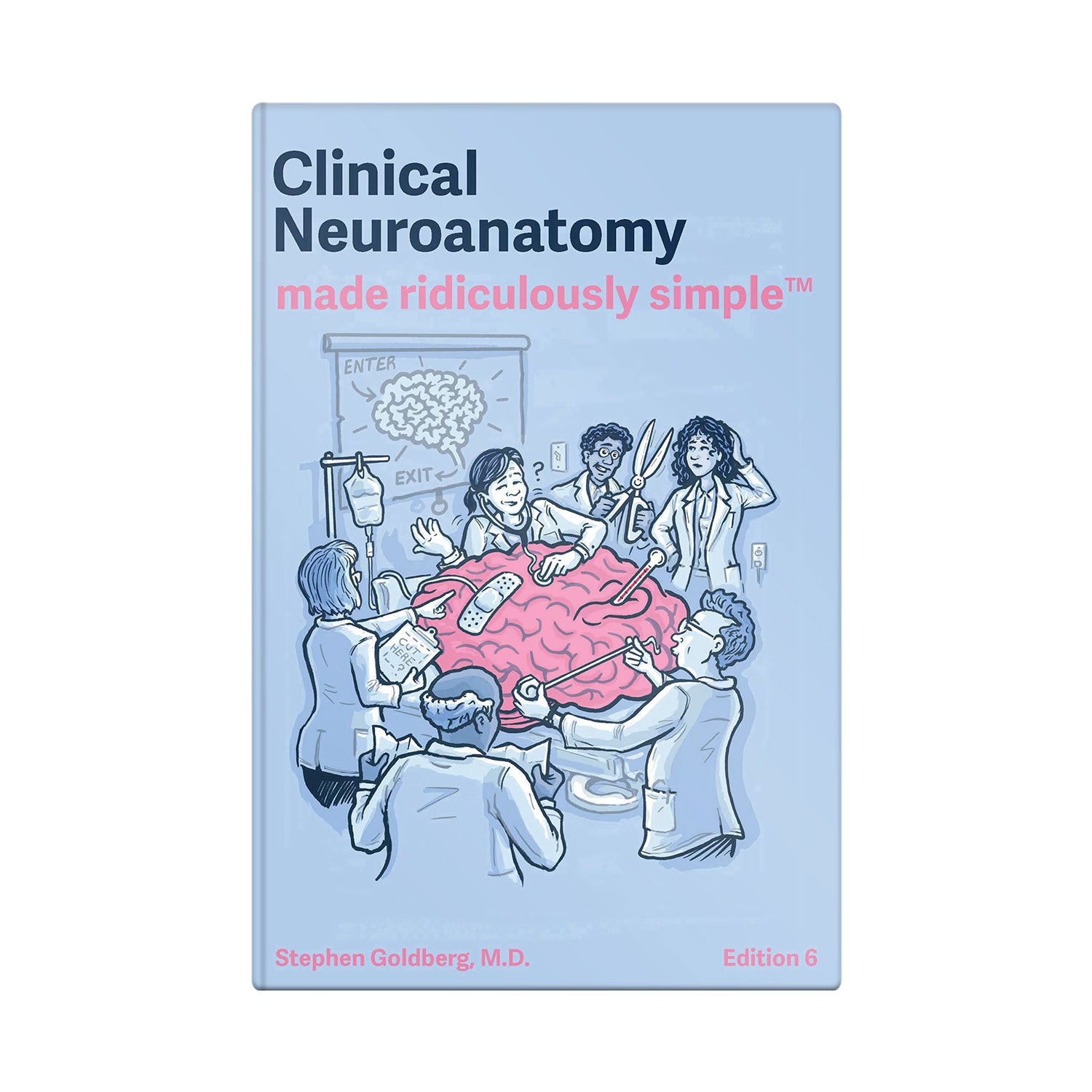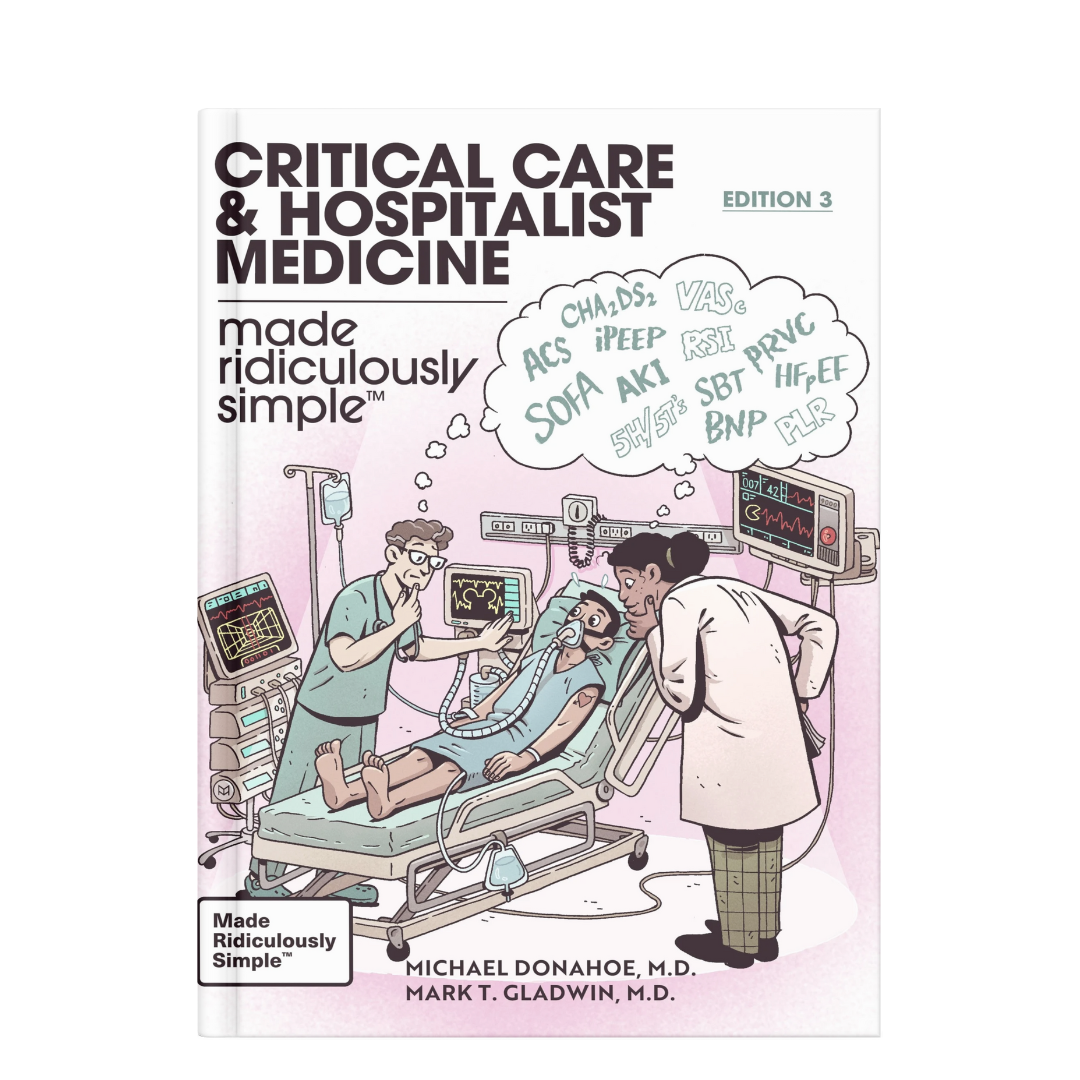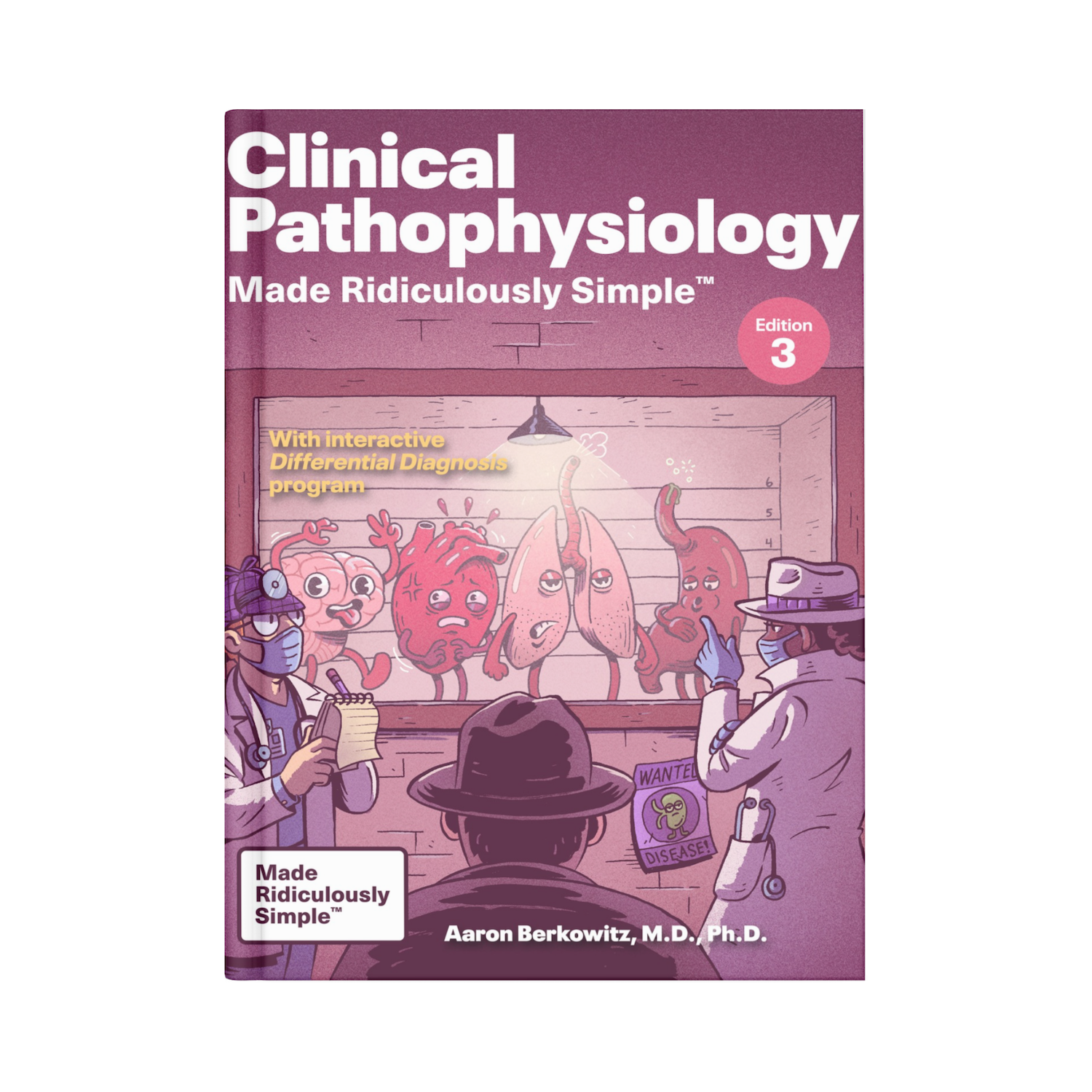
How To Study Pharmacology
What is the best way to learn Pharmacology? This goes to the question of what facts are important to memorize and which are not so important to memorize but can be looked up in a reference text or computer program.
When I was in medical school, Pharmacology was taught by Alfred Gilman, a coauthor of Goodman and Gilman’s Manual of Pharmacology and Therapeutics, a superb reference text, both then and now.
However, I had great difficulty in grasping an overall picture of the subject through this reference text. It was too big; after reading one drug after another, the drugs soon started blending into one another, becoming difficult to sort out and remember.
What is the best way to learn Pharmacology? This goes to the question of what facts are important to memorize and which are not so important to memorize but can be looked up in a reference text or computer program.
The Seven Dwarves' Medicine Chest
In Clinical Pharmacology Made Ridiculously Simple, the author, James Olson, has sorted out the general characteristics of each drug group at the top of the page, for understanding and memory. Other details, particularly those contrasting the individual drugs in a given group with one another, are placed in a table for cross reference at the bottom of the page. Such information can be looked up rather than memorized, except for certain features that are highly characteristic of one drug in comparison with the others.
It is helpful to have a good reference text in addition to the small book that quickly enables the reader to grasp general principles.
The Goldberg Files
The Goldberg Files is based on the struggles of Dr. Goldberg as well as those of his many students which he observed while teaching medical school for 25 years. This extensive blog is dedicated to assisting students in dealing with the stresses of medical education. Want to learn more?


